Amazon ACoS Explained: How to Calculate It And Improve Campaign Performance
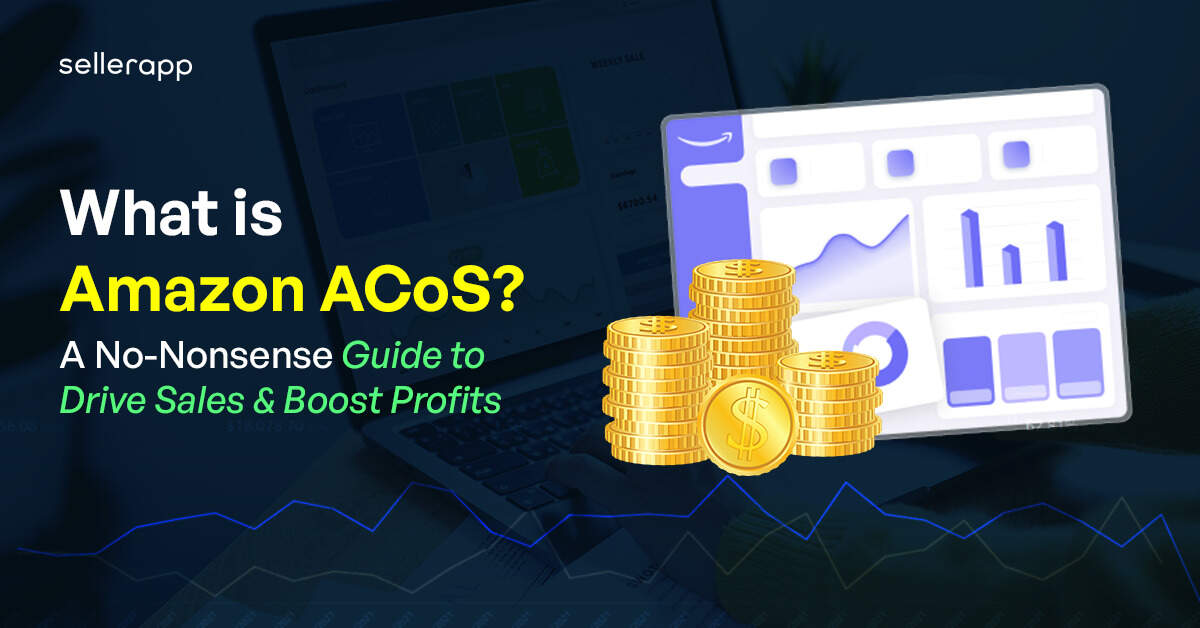
What do you do when you don’t know where you are going? You open Google Maps.
ACoS is like Google Maps for Amazon Ads. It tells you if your advertising strategy is on point and scaling toward your business goals.
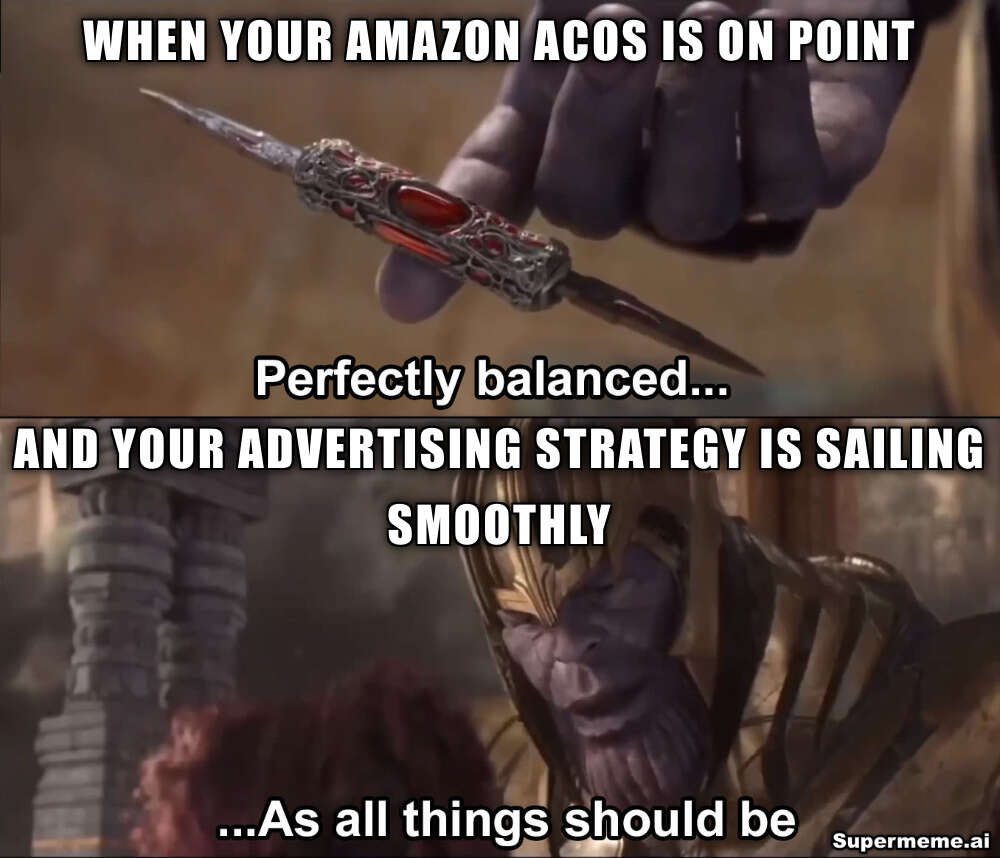
But how do you calculate ACoS for your business? And what parameters affect it?
This blog gives a quick overview of Amazon ACoS, how to calculate it, and strategies to reduce your ACoS to maximize profits.
Let’s jump into it!
A quick peek into the article:
- What is Amazon ACoS and How to Calculate It?
- What is ROAS?
- ACoS vs. ROAS: What are the Differences
- How to Find the Break-even ACoS?
- How to Find Your Target ACoS?
- What is a Good ACoS for Your Business?
- What is TACoS (Total Advertising Cost of Sales)?
- 4 Advanced Strategies to Lower Your Amazon ACoS
- Final Thoughts
What is Amazon ACoS and How to Calculate It?
Before jumping into strategies, let’s first understand what Amazon ACoS is!
By definition, Amazon ACoS, or Advertising Cost of Sales, measures the efficiency of your advertising campaign.
It is the percentage ratio of the total amount spent on advertising to the total amount of revenue generated from those ads.
Here’s the formula:
ACoS = (Ad Spend / Ad Revenue ) x 100%
In short, ACoS tells you how much money was spent on advertising for every dollar earned from the ad campaign.
For example, if you spend $100 on ads and generate $200 in revenue, your ACoS is 50%. This means that for every dollar you spend on ads, you earn two dollars in sales.
We always advise you to keep a low ACoS, which indicates that your advertising cost is lower for the revenue generated.
However, the ideal ACoS for your business depends on many factors, such as:
Factor #1: Your Product
The first factor that influences your ACoS is your product itself.
The quality, price, demand, and competition of your product will determine how well it sells and how much you need to spend on advertising to attract customers.
For example, if your product is unique, high-quality, and in high demand, you can achieve a low ACoS because customers will be willing to pay a premium price and buy from you without much persuasion.
On the other hand, if your product is generic, low-quality, or in a saturated market, you might need to spend more on advertising to differentiate yourself from the competition and convince customers to buy from you.
Factor #2: Your Keywords
The second factor that affects your ACoS is your keywords. Choosing the right keywords for your advertising campaigns is crucial for reaching the right audience and keeping your ACoS low.
For example, if you sell dog toys, you might want to use keywords such as “dog toys,” “dog chew toys,” “dog squeaky toys,” etc.
Exploiting dog influencers can increase the exposure of your product in that lets other people see your toys which leads to better advertisement results with a lower selling costs.
These keywords are relevant to your product and have a high search volume.
You might face high competition and high bids for these keywords. This results in a high ACoS.
On the other hand, if you use long-tail keywords like “dog toys for aggressive chewers,” “dog toys for large dogs,” “dog toys made in the USA,” etc., these keywords are more specific and have lower search volume, meaning low competition and low bids.
This can result in a low ACoS because you pay less for each click.
Factor #3: Your Bids
The third factor that impacts your ACoS is your bids.
Having the right bidding strategy is essential for controlling your ad spending and maximizing your return on investment (ROI).
For example, if you bid too high on a low-performing campaign, you might get comparatively more clicks and sales, but your profit margins will be low, thus increasing the ACoS.
On the other hand, in a high-performing campaign, even if you don’t bid high, you’ll get relatively more sales on these campaigns, thus reducing the ACoS.
However, both scenarios could be better because both limit your growth potential. The optimal bidding strategy is to find the balance between clicks, sales, ad spend, and profit margin. This will result in an optimal ACoS that maximizes your ROI.
Now, it would be impossible to discuss ACoS without mentioning ROAS, so let’s take a look at how these two are related:
What is ROAS?
ROAS (Return on Advertising Spend) measures how much revenue you make in sales for each dollar you have spent on ads on Amazon. It helps you evaluate the effectiveness and profitability of your advertising campaigns.
It is the ratio of the total ad-attributed sales to the total ad spend. For example, if you spent $100 on ads and earned $500 in sales from those ads, your ROAS would be 5.
A higher ROAS usually means a more successful ad campaign.
Here’s the formula:
ROAS = (Ad Attributed Sales / Ad Revenue ) x 100%
ACoS vs. ROAS: What are the Differences
Not much, actually! They’re essentially two sides of the same coin.
ROAS and ACoS both measure ad effectiveness and profitability by analyzing the relationship between ad spend and ad revenue.
Imagine you run an Amazon ad campaign, and you spend $200 on advertising and generate $1,000 in ad revenue.
To calculate ACoS, you would divide your ad spend by ad revenue:
ACoS = $200 / $1,000 = 0.20 or 20%
This means that for every dollar in ad revenue, you spent 20 cents on advertising.
Using the same example, with $200 in ad spend and $1,000 in ad revenue, ROAS is calculated as follows:
ROAS = $1,000 / $200 = 5.0
This means that for every dollar you spent on advertising, you earned $5.00 in revenue.
These metrics help you assess the efficiency and profitability of your Amazon advertising campaigns. ACoS focuses on the cost aspect, and ROAS emphasizes the return aspect.
You can choose to go with either or both based on your preferences.
Now, let’s delve into how to make the most of these metrics in your Amazon advertising strategy.
How to Find the Break-even ACoS?
The break-even ACoS is the point where your advertising costs are equal to the profit margin.
In other words, it is the maximum ACoS you can afford without losing money on your ads.
To calculate your break-even ACoS, simply divide your profit margin by your product price and multiply by 100.
Let’s say you sell a product for $200, and the total costs associated with that product, including manufacturing, shipping, and Amazon fees, add up to $150 per unit.
Then your profit margin is ($200-$150)/$200*100= 25%.
The break-even ACoS for a product is equal to your profit margin, which, in this case, is 25%.
As long as your ACoS remains below 25%, your Amazon ad campaigns are profitable.
How to Find Your Target ACoS?
While break-even ACoS ensures you’re not losing money, target ACoS goes a step further.
Your target ACoS is where you’re not just breaking even but also achieving a specific profit margin after accounting for advertising costs.
Target ACoS = Profit Margin Before Advertising – Target Profit Margin After Advertising
It may be lower or higher than your break-even ACoS, depending on whether you want to maximize profitability or growth.
For example, if you are launching a new product or entering a new market, you may be willing to accept a higher ACoS to gain visibility and market share. On the other hand, if you have an established product or a competitive advantage, you should keep target ACoS lower to increase your profit margin and ROAS.
Let’s continue with the same product example. If you want to maintain a profit margin of 10% after advertising, your target ACoS would be calculated as follows:
Target ACoS = 25% – 10% = 15%
So, your target ACoS, in this case, would be 15%. This means that if you want to keep a net profit margin of 10%, you should only spend 15% of your revenue on advertising.
Note: There is no one-size-fits-all formula for finding your target ACoS, but a good starting point is to use your break-even ACoS as a reference and adjust it according to your goals and situation.
What is a Good ACoS for Your Business?
There is no such thing as perfect ACoS. It depends on the business’s profit margin, industry, and other specific factors.
However, as a general rule, a low ACoS is considered good. However, it may change according to your business goal.
For example,
Goal: Generate Brand Awareness
If you’re in the initial phase of your business, your primary goal is to build brand awareness. In this phase, you’d want to get as many impressions as possible for your brand without losing money.
So, keep your Advertising Cost of Sale (ACoS) at break-even in this stage to maximize your impressions without incurring a loss.
Goal: Product Launch
If you’re launching a new product, your primary objective is to increase sales velocity, get more reviews, and push the product up on Amazon SERP.
In this case, you can go beyond the break-even ACoS to get the initial traction on your product. Even if you run into a loss, the initial traction and sales will give you a better return on investment in the long run.
Goal: Advertising Profit
If your goal is to achieve a certain profit margin, then calculate your target ACoS and work towards achieving that.
However, it’s important to note that Amazon ACoS only considers the revenue you generate through Amazon PPC. It may not be the right metric to track if you want to understand the true profitability of your business.
That’s where total ACoS comes into the picture!
What is TACoS (Total Advertising Cost of Sales)?
While ACoS measures the relationship between ad spend and ad revenue, TACoS takes a more holistic approach and shows you the relationship between ad spend and your total revenue (organic + ad-attributed sales).
TACoS = Ad Spend / Total Sales (Ad Sales + Organic Sales) * 100
The most common TACoS use cases are:
Analyze Business Profitability After Advertising
Track the Total Advertising Cost of Sales (TACoS) to understand the overall profitability of your business.
For example, if your monthly ad spend was $1,000 and your total sales were $10,000 ($7000 organic & $3,000 ad sales),
then even though your ACoS is ($1000/$3000)*100 = 33%, which is on the higher side,
the total ACoS would be ($1000/$10000)*100 = 10%, indicating overall good profitability for your business.
Analyze Profitable Products
If you track the TACoS of each product in your portfolio, you can easily pinpoint products that are heavily dependent on Amazon.
For example, if you see a few products having a high TACoS, it can indicate a high dependency on ads.
Rework the product listing, optimize them with keywords, and get more reviews to increase the CTR and conversion rates, increasing both ad and organic sales for the product.
On the other hand, a low TACoS suggests lower ad spend and more organic sales compared to other products. In that case, you can increase your ad budget to get more ad sales and improve the bottom line.
Want to learn more about total ACoS? Read the complete TACoS guide.
4 Advanced Strategies to Lower Your Amazon ACoS
Getting your ACoS below break-even is the key to Amazon PPC success. Here are some ways you can do this.
Prioritize Your Best ASINs
Not all products in your portfolio are equally profitable. So, give a quick scan through your product portfolio and find the best-selling products with high CTR and CVR.
Focus more ad budget on these high-performing products, and avoid wasting money on the low-performing ones.
With the SellerApp Advertising dashboard, you can easily identify the high-performing ASINs in your campaigns.
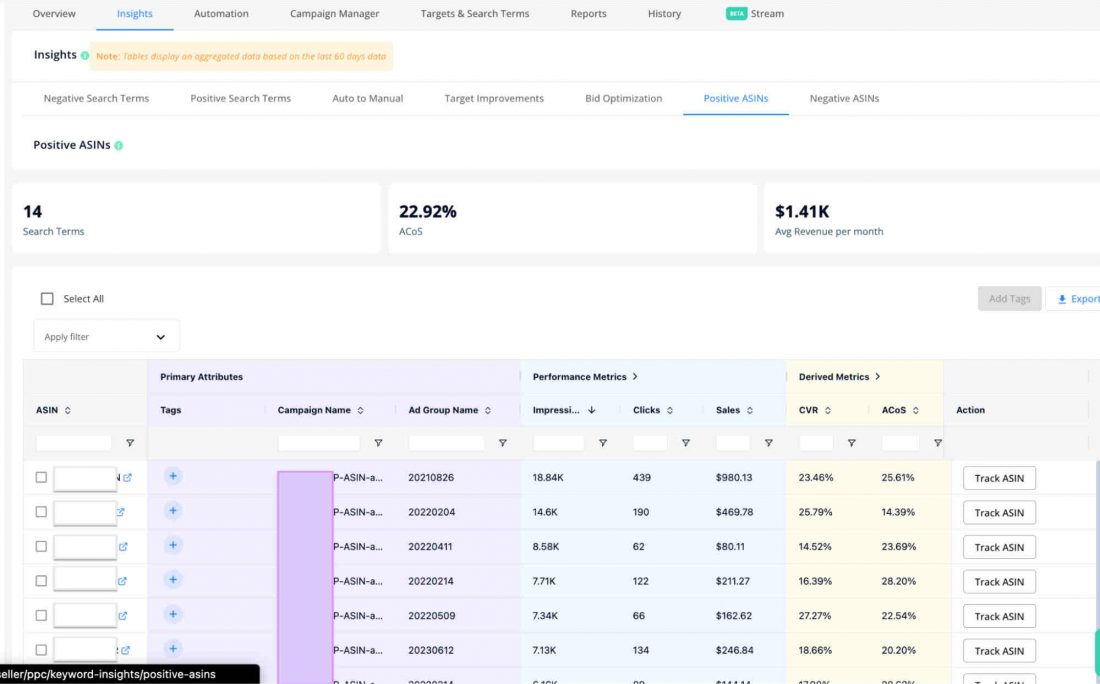
Keyword Harvesting From Auto Campaigns
Auto campaigns are excellent for discovering new keywords relevant to your products. Amazon automatically matches your ads to new and unique search terms based on your product information and category.
Run automatic campaigns for a minimum of two weeks, and use the Search Term Report to find the keywords in your automatic campaigns, driving more clicks and sales.
Move these keywords to your manual campaign for better control and to reduce your ACoS.
Also, audit your manual campaigns and find high-converting keywords in your broad match and phrase match campaigns. Move these keywords to exact match for fine-tuning reach and improving conversions.
The SellerApp Advertising dashboard streamlines the process by showing you your best-performing keywords. With one click, you can also move them to your manual campaign. Here’s how:
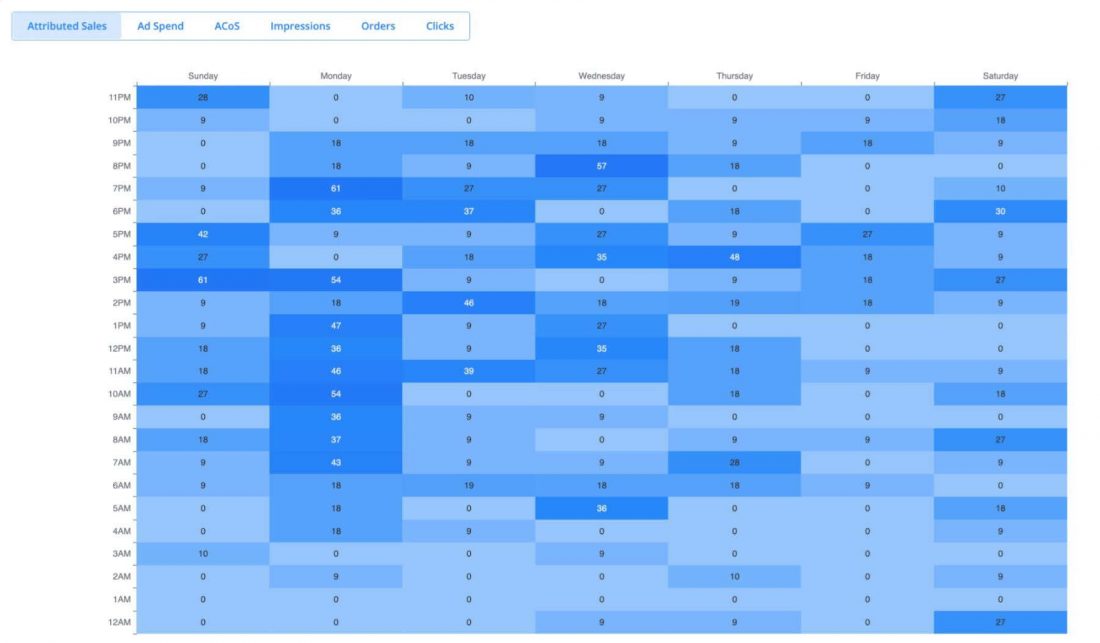
Use Negative Keyword Targeting to Reduce Ad Budget Waste
Analyze your existing automatic and manual campaigns for search terms with low CTR or sales.
If a search term has a good amount of clicks but no sales, they’re essentially draining your budget. Exclude these search terms as negative keywords to conserve your ad budget and reduce ACoS.
Also, check for duplicate search terms across different targeting options like phrase, broad, and exact match. Find the targeting option with the best conversion and stick with it. Remove the others for better results.
It also saves ad spend and enhances your campaign efficiency.
Set Different Budgets For Different Conversion Windows
Utilize Amazon Marketing Stream to identify high conversion hours and days in a week for your products.
Shift your ad budget from low-converting times to high-converting time windows to boost sales and lower your ACoS.
This is just the scratching of the surface. If you want to learn more strategies to optimize your PPC and reduce ACoS, read the complete guide.
Final Thoughts:
In the end, Amazon ACoS is definitely an essential metric to gauge the success of your advertising campaigns. But it should always be seen through the lens of your business goal.
If you want rapid expansion of your business, a high ACoS is inevitable. However, if you want to increase your business profitability, prioritize total ACoS over obsessing solely about lowering your Amazon ACoS. You can always check your ACOS with SellerApp’s free Amazon ACOS calculator.
If you’re still worried about your advertising performance, SellerApp has a team of PPC experts who can create a comprehensive PPC strategy based on your goals. We’ve already worked with 20,000+ brands like Phillips and Coca-Cola and scaled their advertising, and we can do the same for you too!
Schedule a call with us and discover how we can scale your business!
Additional read:
How does AmazonBasics impact Amazon Seller?


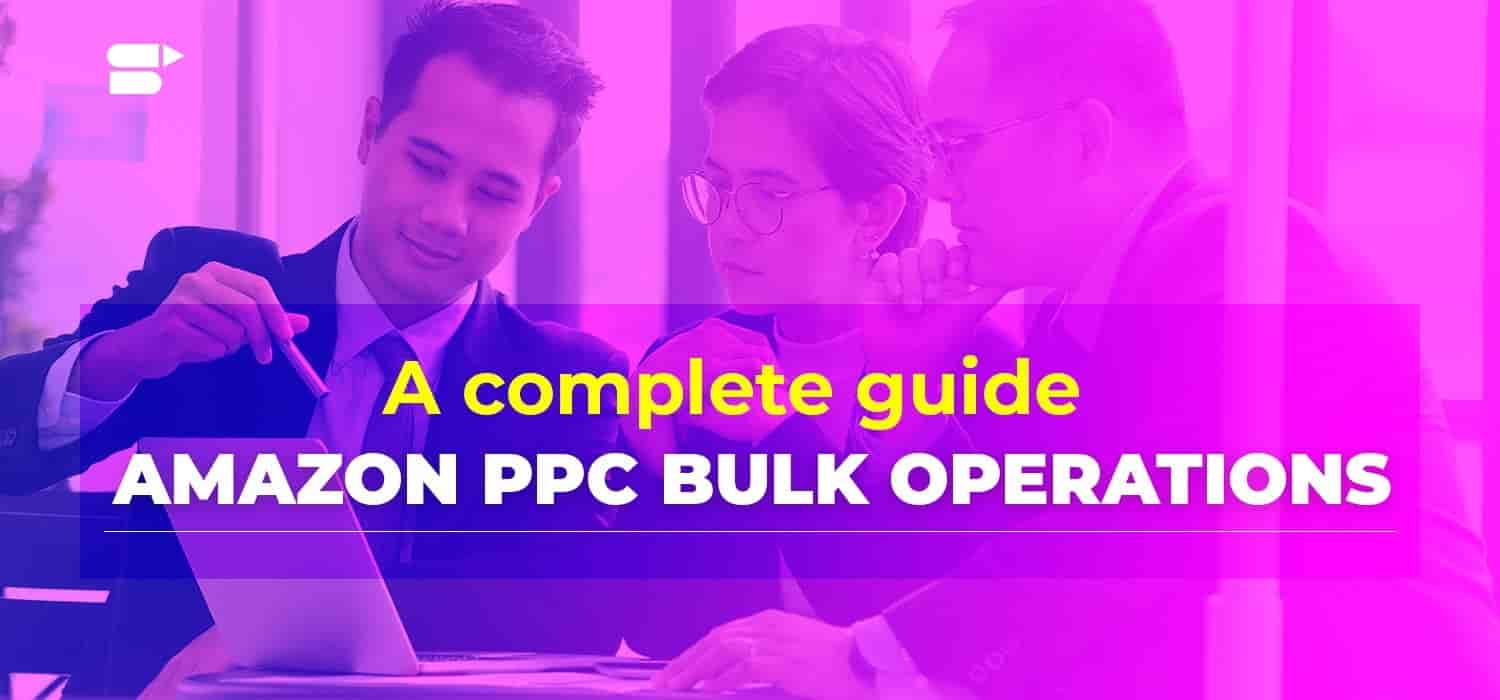

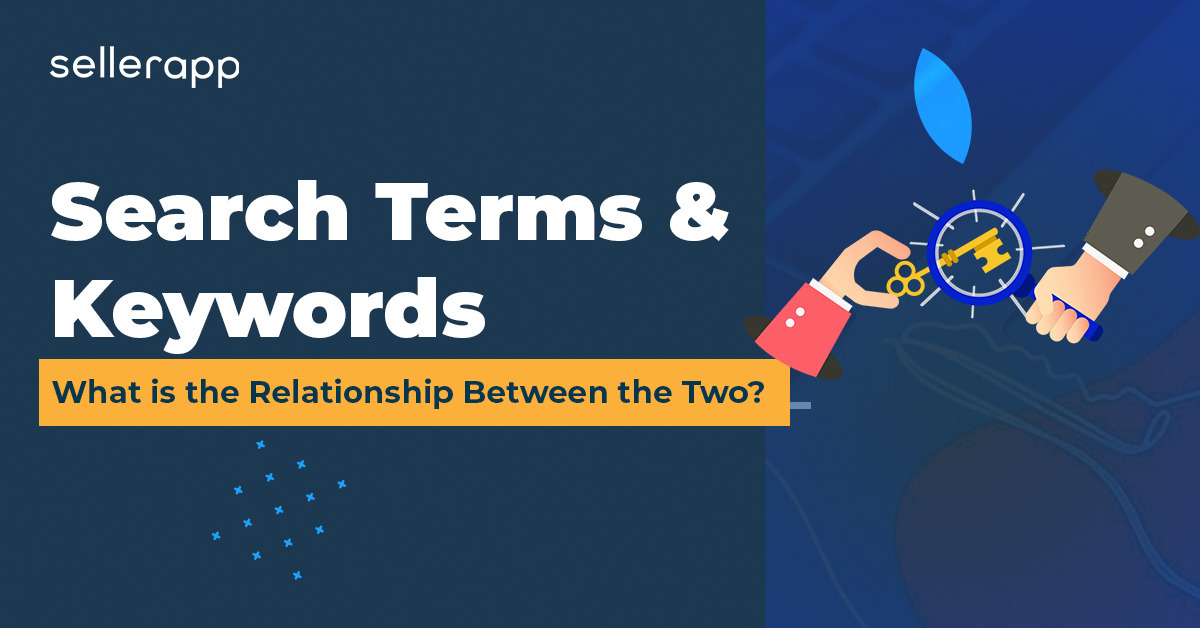
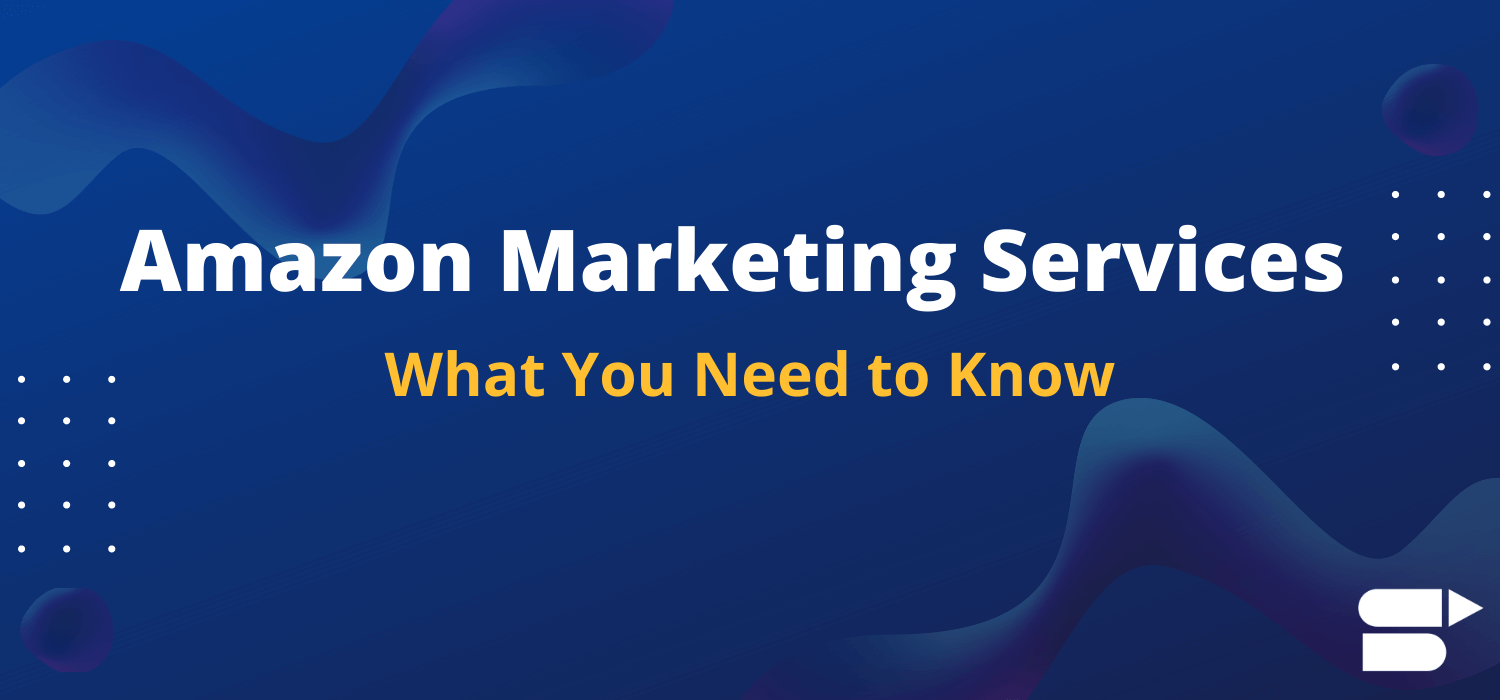
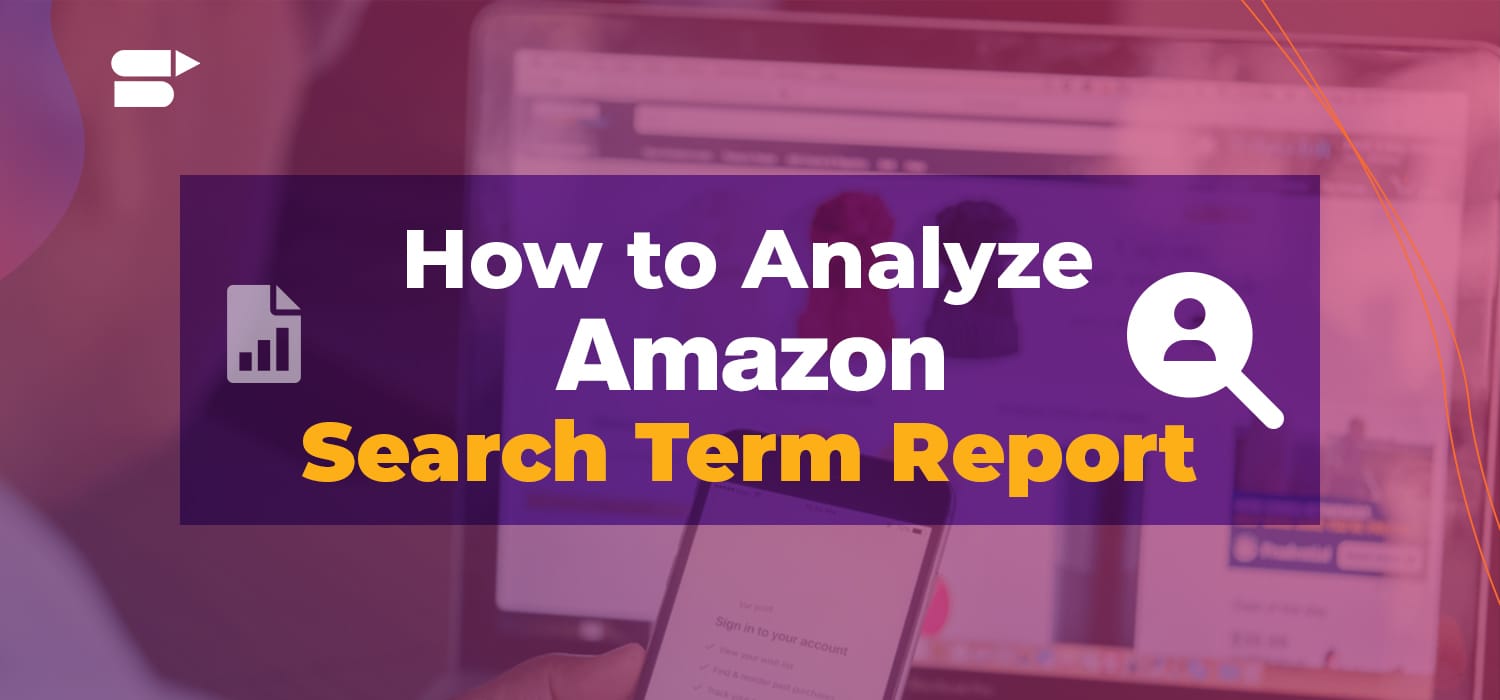
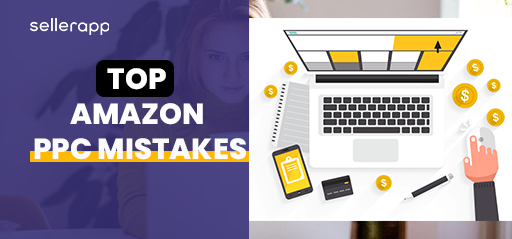
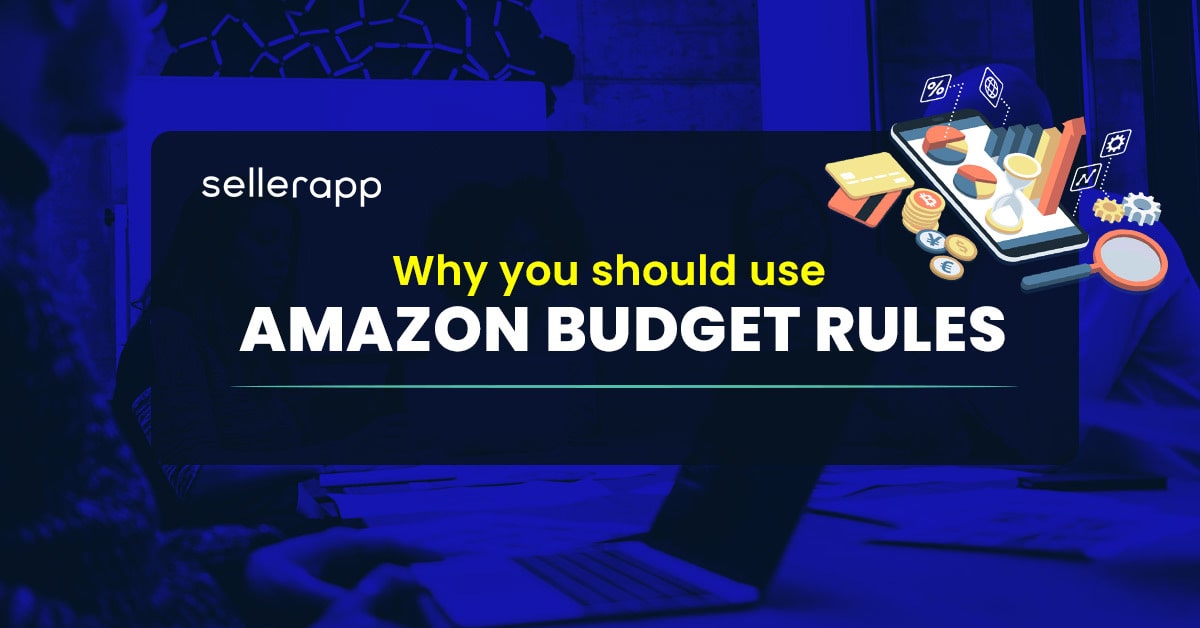

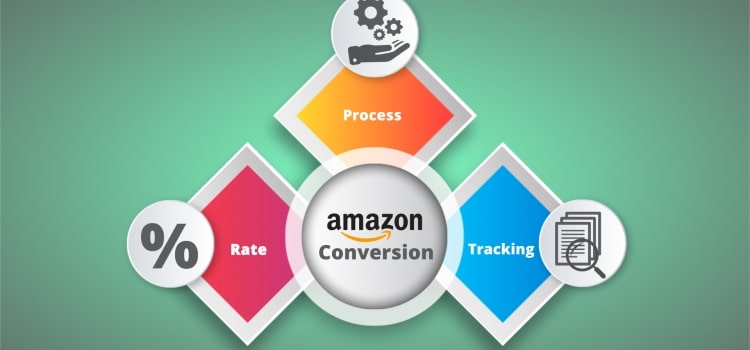
Ronald Grey
October 23, 2023Well said! Your post got straight to the point and provided valuable takeaways. Thank you!
Clare Thomas
March 8, 2024Very happy to hear that.
Kenneth George
November 17, 2023Awesome breakdown! super helpful tips for improving Amazon ACoS. Short and sweet, just what I needed. Thanks!
Clare Thomas
March 8, 2024Glad you liked the article.